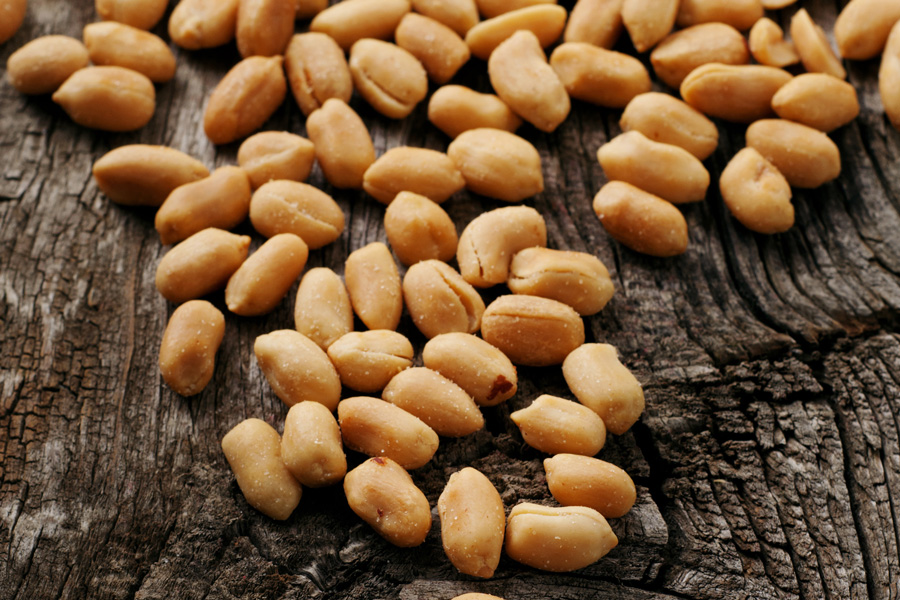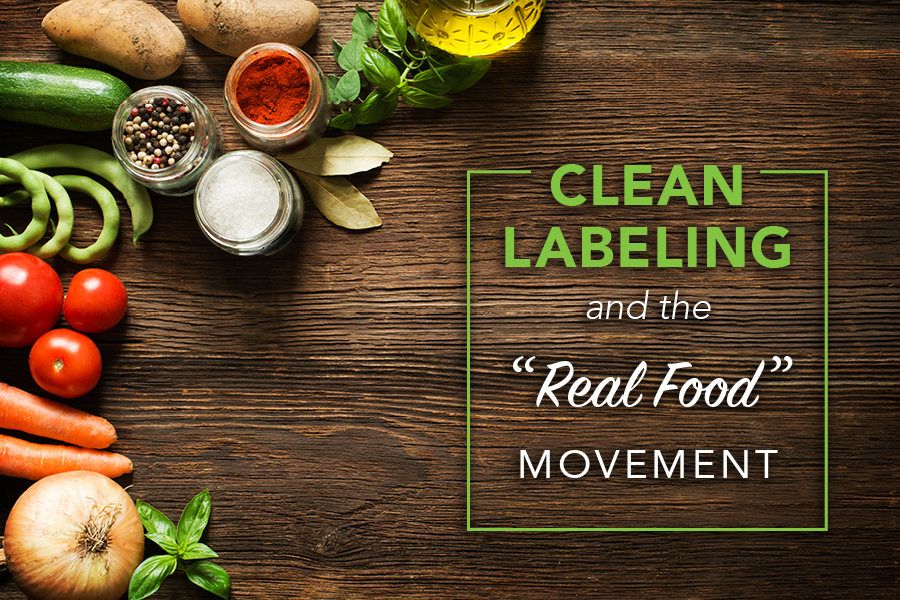-
 Feeder cattle buyers, marketers, and producers are able to communicate the potential growth and carcass merit potential of individual and grouped calves using the USDA Feeder Cattle Grading Standards. Producers that are aware of these standards and their use in predicting carcass value are better suited to making breeding and…
Feeder cattle buyers, marketers, and producers are able to communicate the potential growth and carcass merit potential of individual and grouped calves using the USDA Feeder Cattle Grading Standards. Producers that are aware of these standards and their use in predicting carcass value are better suited to making breeding and…|
-

This publication includes a summary of the impact of plant disease on the major crops produced in Georgia. It’s published annually by the Department of Plant Pathology and is compiled based on input from department Extension personnel.
|
-
 Georgia ranks in the nation’s top 10 in cowpea (southern pea, Vigna unguiculata) production, with estimates of more than 4,900 acres grown in approximately 49 of 159 counties in the state in the 2014 production season. Colquitt County, located in southwest Georgia, leads the state in production with 1,900 acres.…
Georgia ranks in the nation’s top 10 in cowpea (southern pea, Vigna unguiculata) production, with estimates of more than 4,900 acres grown in approximately 49 of 159 counties in the state in the 2014 production season. Colquitt County, located in southwest Georgia, leads the state in production with 1,900 acres.…|
-

Freeze protection efforts should be based on the type of freeze, temperature, and wind speed that is impacting your crop. To apply frost protection, consider your crop value, the freeze protection capacity of your system, and the crop’s susceptibility to injury at each growth stage.
|
-
 El mal del pie es una enfermedad destrcutiva en la region central, sur y costera de Georgia. EL mal del pie afecta todos los cespedes de clima calido en Georgia pero es mas severo en el cesped San Agustin (Stenotaphrum secundatum). La publicacion contiene informacion importante en la biologia del…
El mal del pie es una enfermedad destrcutiva en la region central, sur y costera de Georgia. EL mal del pie afecta todos los cespedes de clima calido en Georgia pero es mas severo en el cesped San Agustin (Stenotaphrum secundatum). La publicacion contiene informacion importante en la biologia del…|
-
 • Las siguientes páginas “Limpieza ecológica: Recetas para un Hogar Saludable”, deben imprimirse por las dos caras de un papel de calidad gruesa. • Las recetas con números impares se imprimirán en un lado de la cara del papel y las de números pares en el otro lado de la cara del papel. •…
• Las siguientes páginas “Limpieza ecológica: Recetas para un Hogar Saludable”, deben imprimirse por las dos caras de un papel de calidad gruesa. • Las recetas con números impares se imprimirán en un lado de la cara del papel y las de números pares en el otro lado de la cara del papel. •…|
-

B 1478
Roasted Peanut Flavor
Flavor is the major determinant for consumers’ appreciation of roasted peanuts. Flavor development involves two important reactions: Maillard reaction and lipid oxidation. Maillard reaction mainly occurs during roasting to generate a pleasant “roasted” flavor. But during storage, lipid oxidation produces off-flavors and reduces roasted flavor, which is known as “flavor…|
